From Spice to Sizzle: Unwrapping the Secrets of Chicken Tinga Empanadas Around the World
Chicken Tinga Empanadas are a mouthwatering example of how global spice traditions can shape iconic dishes. Whether you're a seasoned chef or a weekend foodie, this savory treat is a gateway to exploring regional flavors and culinary creativity. In this blog post, we’ll dive deep into the origins, variations, and practical tips for making your own Chicken Tinga Empanadas that pack flavor without burning out your taste buds—or your kitchen!
Table of Contents
- What Makes Chicken Tinga So Special?
- Global Spice Traditions: How the World Adds Its Flair
- Pro Tips & Tricks: From Dough to Delicious
- Taste Test: Regional Variations Compared
- Conclusion: Wrap It Up with Flavor
What Makes Chicken Tinga So Special?
If you’ve ever had a Chicken Tinga Empanada, you know it’s not just any chicken filling. The secret lies in the tinga—a smoky, slightly spicy shredded chicken stew originally from Puebla, Mexico.
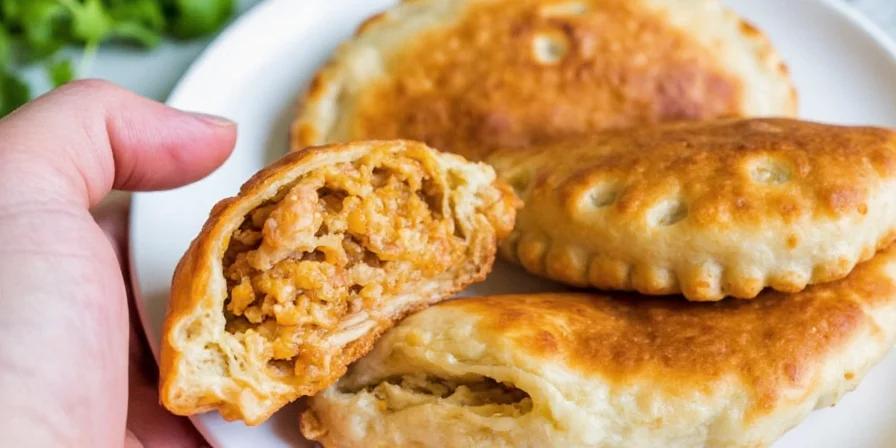
Core Ingredients That Define Tinga
- Shredded Chicken: Tender, juicy, and perfectly shredded.
- Tomato Base: Usually made from tomatoes, garlic, and onion for a sweet-acidic balance.
- Poblano or Chipotle Peppers: For that signature smokiness and mild heat.
- Cumin & Bay Leaf: Earthy warmth that lingers on the palate.
- Olive Oil or Lard: Adds richness and helps build flavor layers.
This isn’t your average chicken soup base—it’s a symphony of spices and textures designed to cling to every bite of dough. And when wrapped in an empanada shell? Perfection.
Global Spice Traditions: How the World Adds Its Flair
While the original Chicken Tinga hails from Mexico, empanadas themselves are found all over the world—from Argentina to the Philippines. Let’s explore how different cultures reinterpret this dish using their own spice palettes and culinary customs.
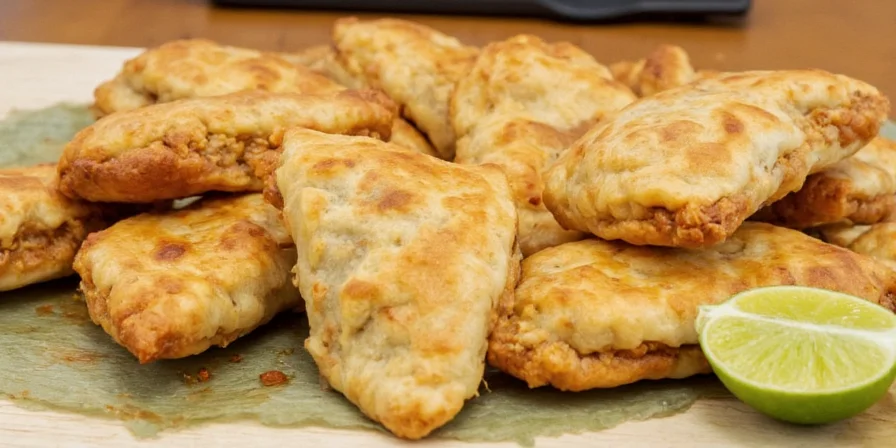
Mexican Tinga Tradition
In central Mexico, particularly Puebla and Tlaxcala, tinga is often served as a taco or tostada filling. When folded into empanadas, cooks sometimes add chorizo or olives for extra punch.
Argentinean Take
South American versions tend to go heavy on the herbs like oregano and paprika. Some bakers even sneak in hard-boiled eggs or raisins—a nod to Moorish influences in Spanish cuisine.
Philippine Influence
In the Philippines, empanadas are often filled with spiced ground meat or adobo-style chicken. A dash of vinegar or soy sauce adds tanginess that complements the smoky tinga.
Middle Eastern Meets Mexican
In modern fusion kitchens, chefs might infuse tinga with za’atar, sumac, or harissa for a Middle Eastern twist. This creates a complex flavor profile that’s both familiar and exotic.
Taste Test: Regional Variations Compared
| Region | Key Spices | Unique Ingredient | Flavor Profile | Heat Level (1-5) |
|---|---|---|---|---|
| Mexico (Puebla) | Chipotle, Cumin, Bay Leaf | Lard or Olive Oil | Smoky, Mildly Spicy, Savory | 3 |
| Argentina | Paprika, Oregano | Olives, Raisins | Sweet-Savory, Herby | 1 |
| Philippines | Vinegar, Soy Sauce | Garlic, Annatto Oil | Tangy, Umami-rich | 2 |
| Middle Eastern Fusion | Za’atar, Harissa | Lemon Zest | Earthy, Citrusy, Smoky | 4 |
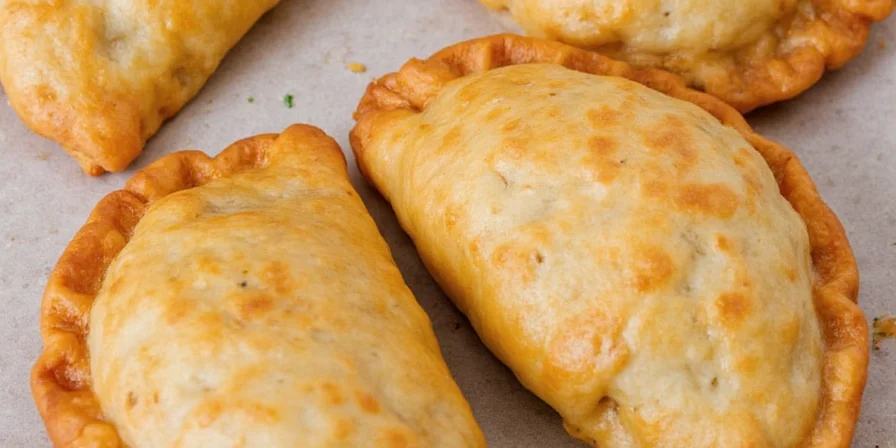
Pro Tips & Tricks: From Dough to Delicious
Making Chicken Tinga Empanadas at home doesn’t have to be complicated. Here’s how to get that perfect golden crust and flavorful filling every time.
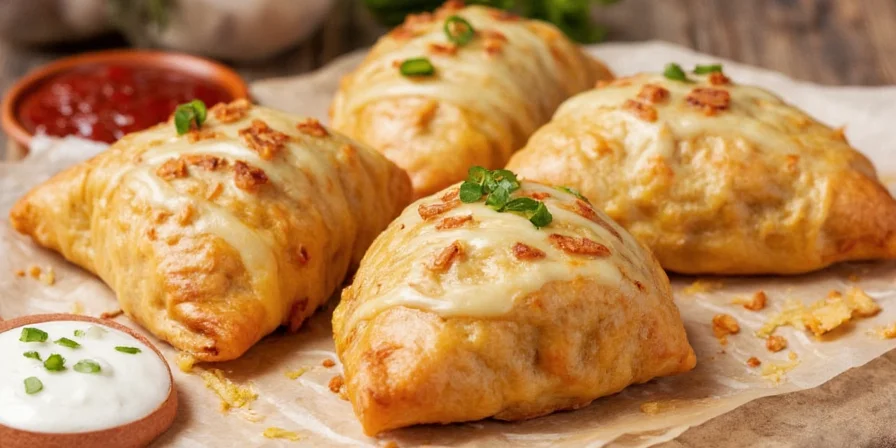
Top 7 Tips for Perfect Chicken Tinga Empanadas
- Make Your Tinga Ahead: Like most stews, tinga tastes better after sitting overnight. Make it the day before so the flavors meld together.
- Don’t Overfill: Less is more! Too much filling makes sealing the empanadas tricky. Aim for 1–2 tablespoons per empanada.
- Use Cold Dough: Chill the dough before shaping. It keeps the fats solid and prevents shrinking during baking.
- Brush With Egg Wash: For that irresistible golden shine, brush the tops with a beaten egg mixed with water or milk.
- Bake, Don’t Fry: Baking gives a crispier, less greasy result. If frying, keep the oil around 350°F to avoid soggy shells.
- Add Cheese for Surprise: Try tucking in a cube of queso fresco or mozzarella inside each empanada before sealing. Melty cheese = instant upgrade.
- Garnish Smartly: Top with fresh cilantro, avocado crema, or pickled jalapeños right before serving for a pop of freshness.
Spice Hacks for Home Cooks
- Toast Your Spices: Dry toast chipotle powder, cumin, and paprika in a pan before adding liquids. This unlocks deeper, nuttier flavors.
- Balance Heat with Acid: A splash of lime juice or vinegar balances out smoky spice and brightens up the whole dish.
- Layer, Layer, Layer: Add spices at different stages—some early for depth, some late for brightness.
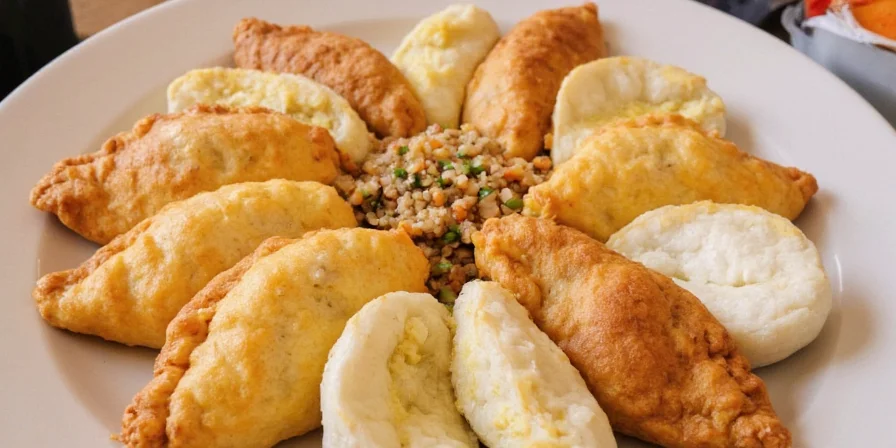
Conclusion: Wrap It Up with Flavor
Chicken Tinga Empanadas aren’t just a snack—they’re a celebration of spice traditions across borders. Whether you stick to the classic Poblano version or try your hand at a Filipino or Mediterranean twist, these little pockets of joy prove that food is the ultimate connector.
So next time you’re in the mood to experiment, don’t be afraid to mix and match spices, fillings, and techniques. The world is your empanada—and it’s full of flavor waiting to be discovered.
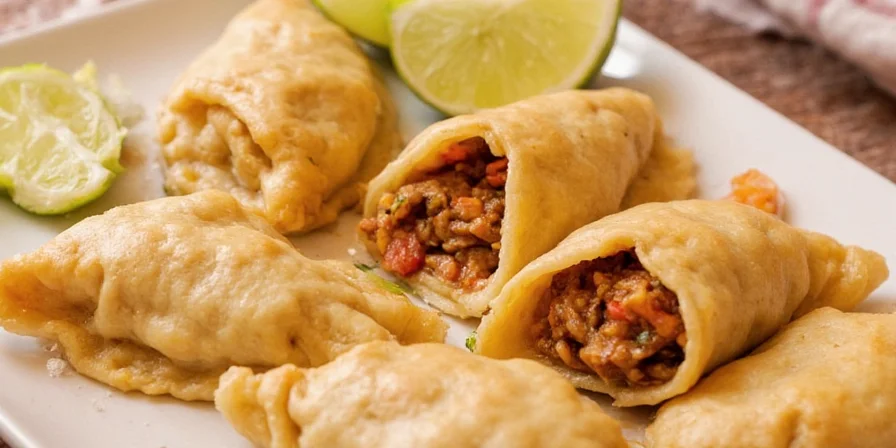
Final Thought:
If you haven’t tried Chicken Tinga Empanadas yet, what are you waiting for? Grab your apron, gather your spices, and let the aroma of history and culture fill your kitchen. You won’t regret it.

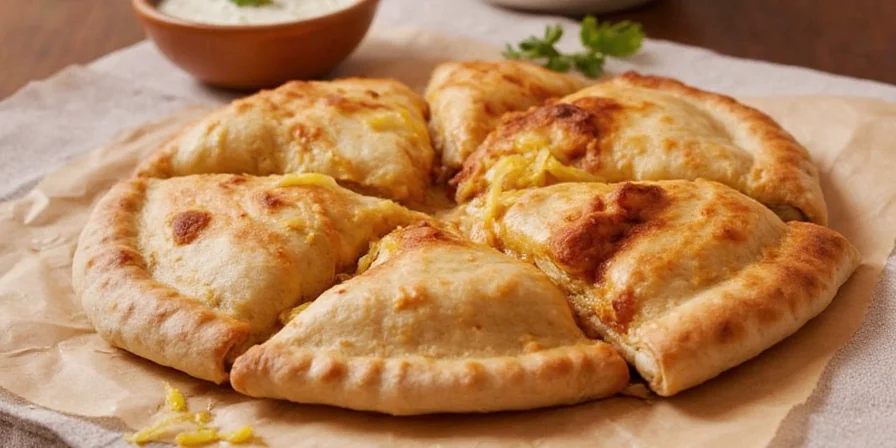









 浙公网安备
33010002000092号
浙公网安备
33010002000092号 浙B2-20120091-4
浙B2-20120091-4